The latest trade battle between the United States and China isn’t just a political headline—it’s about to hit your shopping cart. President Trump recently ramped up tariffs on Chinese imports, bumping them to as high as 125%. China responded quickly, announcing an 84% tariff on goods from the US. These aren’t just numbers; they represent real-world costs that will affect everyday consumers. From the shoes on your feet to the phone in your hand, many of the things you rely on could soon carry a much steeper price tag.
The US and China have long been key trading partners, even amid political differences. For years, American shoppers have benefited from affordable goods produced in Chinese factories. In return, China imports everything from agriculture to machinery from the United States. But this back-and-forth over tariffs threatens to shake up that balance. Prices are expected to rise across several sectors, hitting electronics, fashion, home goods, and even transportation.
If you’ve been planning a big purchase—or even a few smaller ones—it might be wise to act now. Once the tariffs fully take effect, retailers will likely pass on those costs. That means less buying power for you, and more frustration at checkout. Some companies may absorb a portion of the increase for a short time, but that won’t last forever. The earlier you act, the better.
To help you make smart choices, we’ve put together a list of the top 10 items traded between the US and China that are likely to be affected. These are the everyday products you use, wear, or gift without thinking twice. But thanks to these policy shifts, your next purchase could cost a lot more. From phones and toys to furniture and fitness gear, here’s what to consider buying before those prices spike.
Laptops

Laptops rely on a complex supply chain, and China plays a major role in both manufacturing and parts assembly. From affordable Chromebooks to high-end gaming laptops, most models will likely see price increases. Students, remote workers, and small business owners could feel the pinch first. Tariffs on components like motherboards and memory will make production more expensive. Brands may hold off on price hikes temporarily, but it won’t last. Consider buying a new device now if you’ve been thinking about it. Waiting could cost you more later.
Batteries
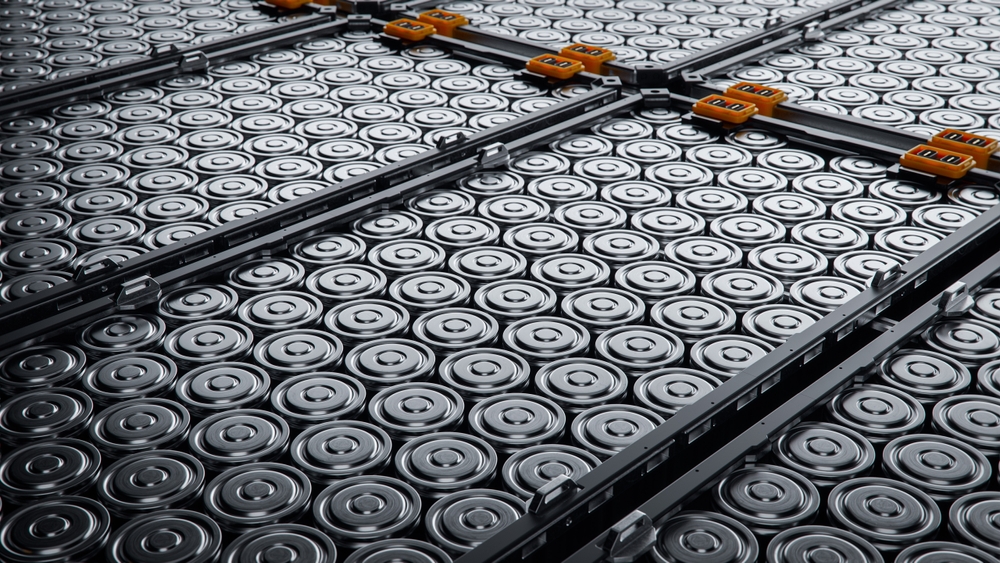
Lithium-ion batteries power everything from phones to electric cars—and many are produced in China. Tariffs will raise the cost of battery cells and packs, making electronics and energy storage solutions pricier. Even household items like power tools or electric toothbrushes could be affected. The renewable energy sector may also face increased costs for solar storage systems. If you’re investing in tech or tools that rely on battery power, it’s wise to buy sooner. Stocking up now can help avoid future price hikes.
Petroleum

The US exports petroleum and liquefied natural gas to China as part of its energy trade. Retaliatory tariffs could reduce demand and create volatility in global fuel prices. While this might briefly lower domestic prices, long-term instability could lead to increases. Transportation, shipping, and airline industries could all be affected. Consumers may feel this at the gas pump and in higher costs for goods that rely on freight. Filling your tank now won’t solve it all—but staying ahead of the trend is a smart move.
Soybeans

Soybeans are one of the biggest US exports to China. Chinese tariffs on American soy could create ripple effects in the agriculture sector. This might reduce demand and lead to surplus at home, lowering short-term prices in the US. But over time, disruptions could push prices up again as the market adjusts. Farmers, food producers, and consumers will all feel the impact. If soy-based products are part of your diet or business, it may be a good time to buy in bulk. Watch market trends closely in the coming weeks.
Smartphones

Smartphones top the list of Chinese exports to the US. Brands like Apple and Xiaomi assemble phones in China using global components. Tariffs will increase the cost of production, which could trickle down to higher retail prices. Accessories like screen protectors and cases may also go up. Even budget-friendly models could become harder to find at current prices. If your phone is due for an upgrade, now’s a smart time to act. Retailers are still clearing older inventory, so deals are available—for now.
Toys

The majority of toys sold in US stores are made in China. This includes stuffed animals, plastic toys, puzzles, and games. As tariffs increase, toy companies will need to raise prices or reduce their product lines. That could mean fewer options—and higher costs—for shoppers. Families with young children may feel this most during birthdays and holidays. Consider buying ahead while prices are still predictable. Even simple toys could cost more in just a few months.
Aircraft and Engines
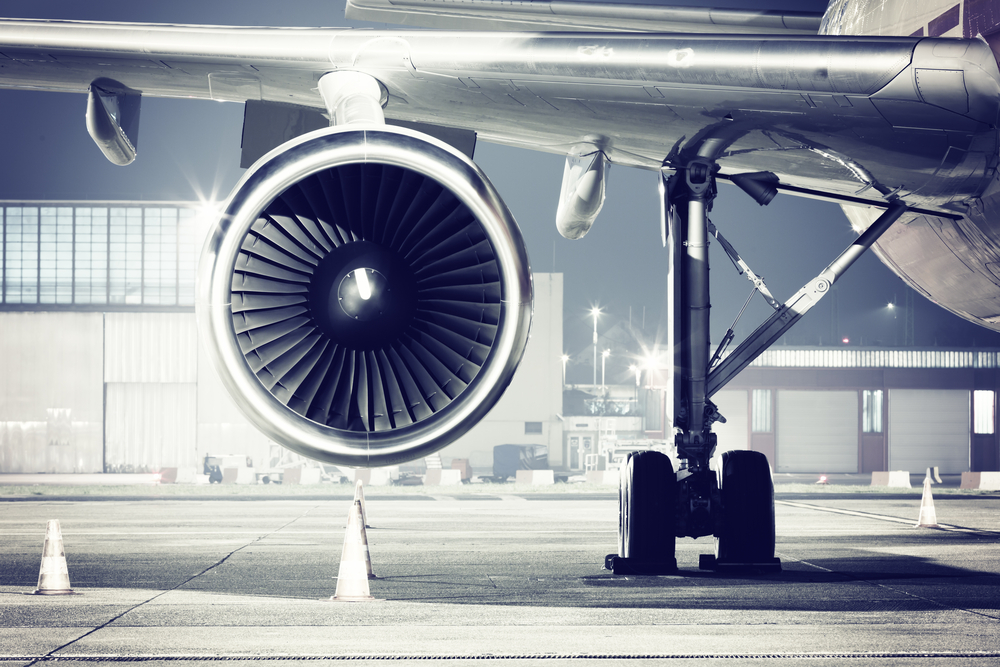
The US exports aircraft and jet engines to China for both commercial and industrial use. These high-value products are now under threat from China’s retaliatory tariffs. The aviation industry may see order slowdowns or cancellations, affecting related sectors. While you won’t buy an aircraft yourself, these changes can influence airfare and airline costs. Travel may become more expensive, especially on international routes. If you’re planning a trip, booking early might help avoid fare increases. Business travel costs could also climb.
Telecoms Equipment
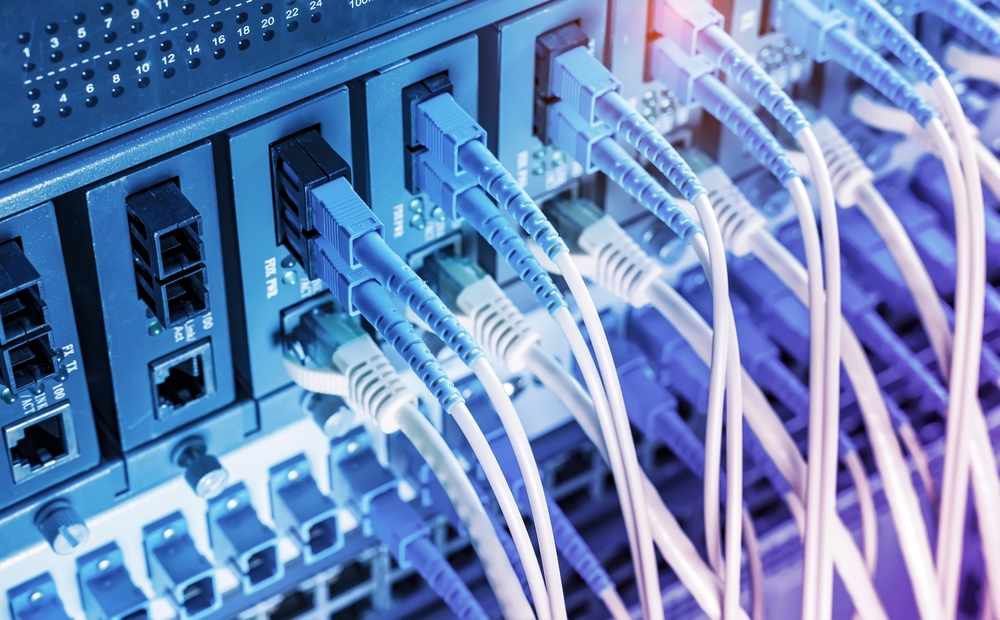
China manufactures a large portion of the world’s telecoms gear, including routers, modems, antennas, and 5G infrastructure components. US companies rely on these imports for both commercial networks and consumer use. Tariffs will affect internet providers and businesses upgrading their systems. Home users may also see higher costs for Wi-Fi devices and smart home hubs. Delays in delivery or reduced supply may follow. Upgrading your home or office setup now could save you time and money.
Pharmaceuticals

Many pharmaceutical ingredients and generic drugs come from China. Tariffs could disrupt this flow, affecting prices and availability in US pharmacies. Even slight delays can have major health consequences for people who depend on regular medication. Hospitals and clinics may face higher costs for basic supplies and treatments. Over-the-counter items could also be affected. If you have recurring prescriptions, it might be worth discussing a longer refill plan with your doctor. Being proactive could prevent unexpected shortages or costs.
Integrated Circuits
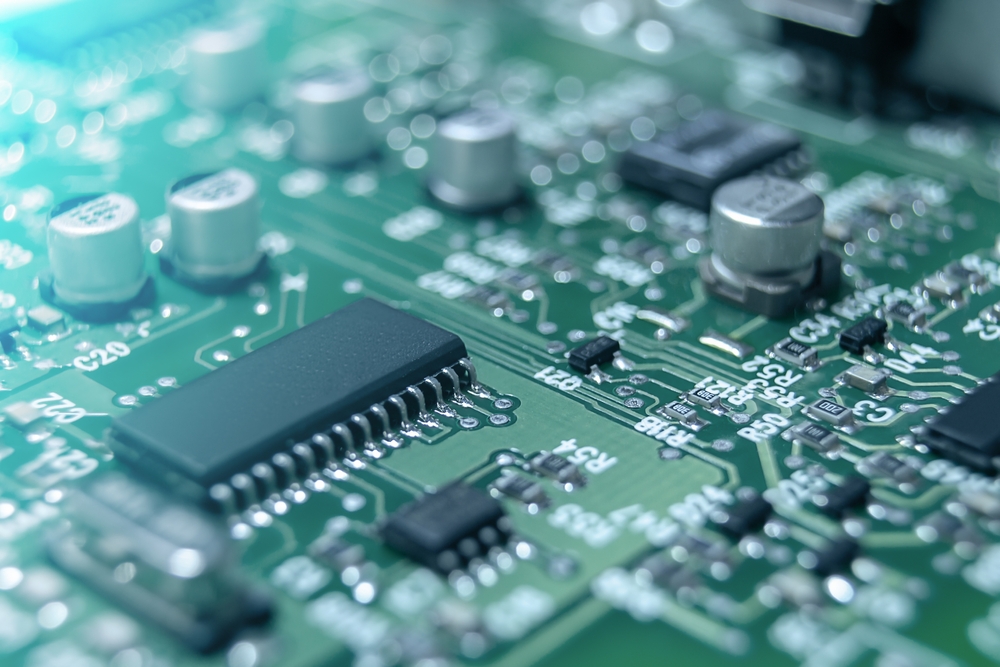
Integrated circuits—or chips—are essential in electronics, and China is both a supplier and customer in this trade. These tiny components power computers, smartphones, appliances, and even vehicles. Tariffs will impact pricing and availability across the board. Shortages or delays could follow, especially in consumer electronics. Companies may reduce production or pass costs onto buyers. If you rely on tech, expect gradual price increases. Stock up on devices and accessories while supplies remain steady.
Conclusion: Buy Smart, Buy Early
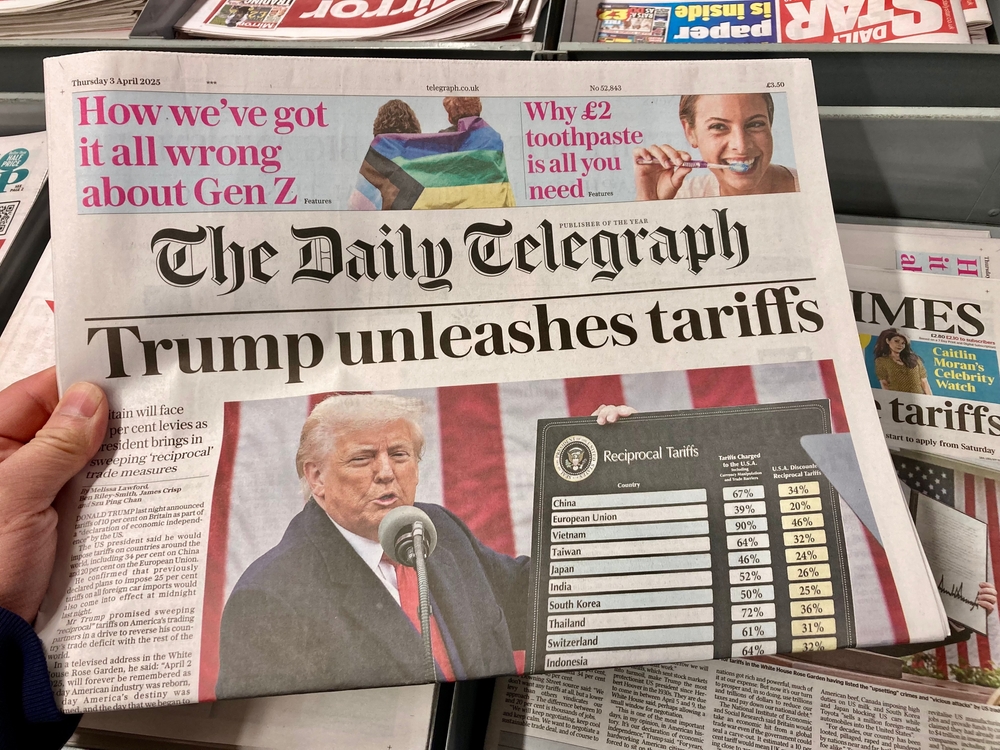
Tariffs between the US and China are more than just a trade strategy—they have real consequences for everyday shoppers. As prices rise, your buying power shrinks. Whether you’re upgrading tech, restocking essentials, or planning for the holidays, early purchases can help you avoid price hikes.
Retailers still have pre-tariff stock, but that won’t last. Buying now is a simple way to stay ahead of the curve. Make your list—and act before the tariffs hit your budget hard.

